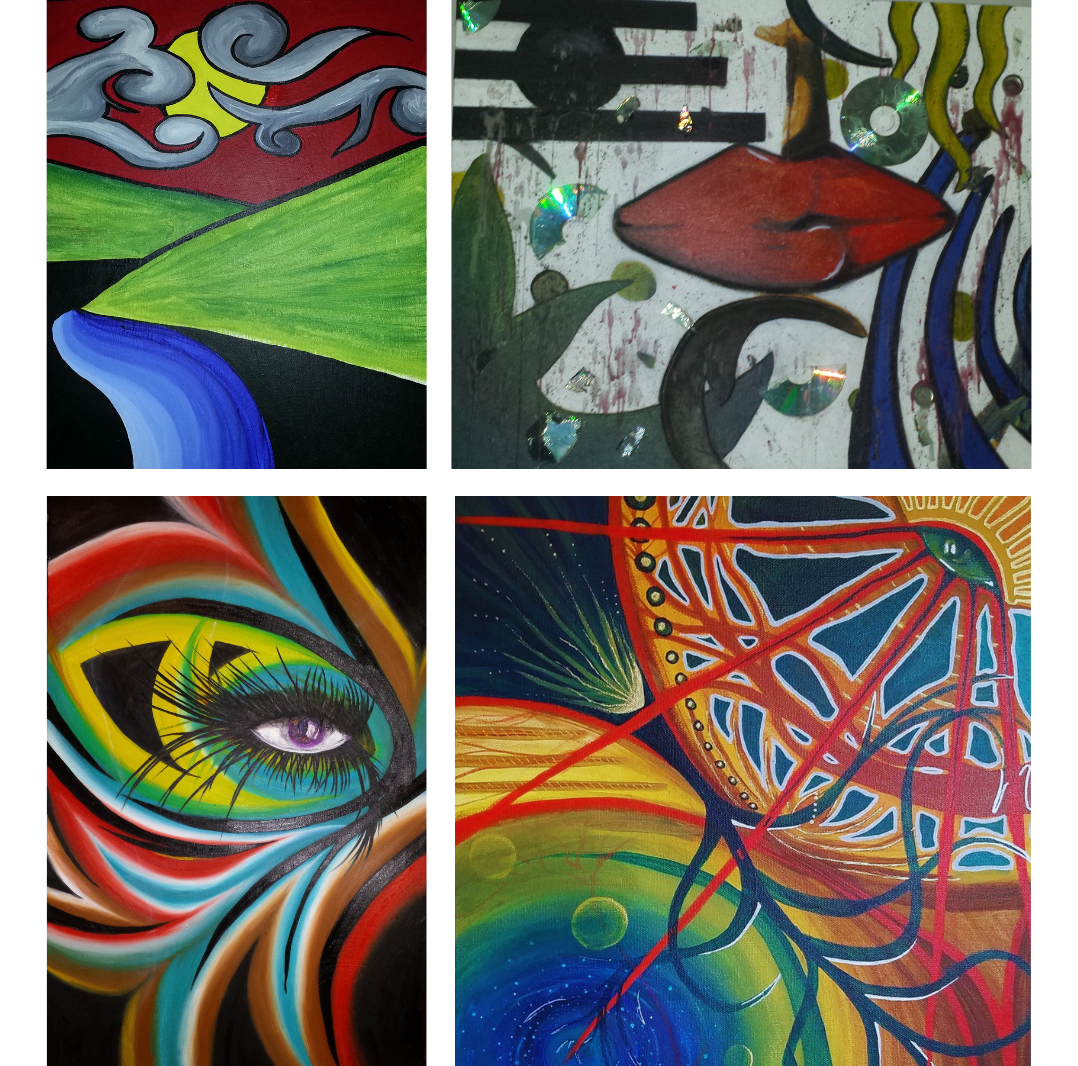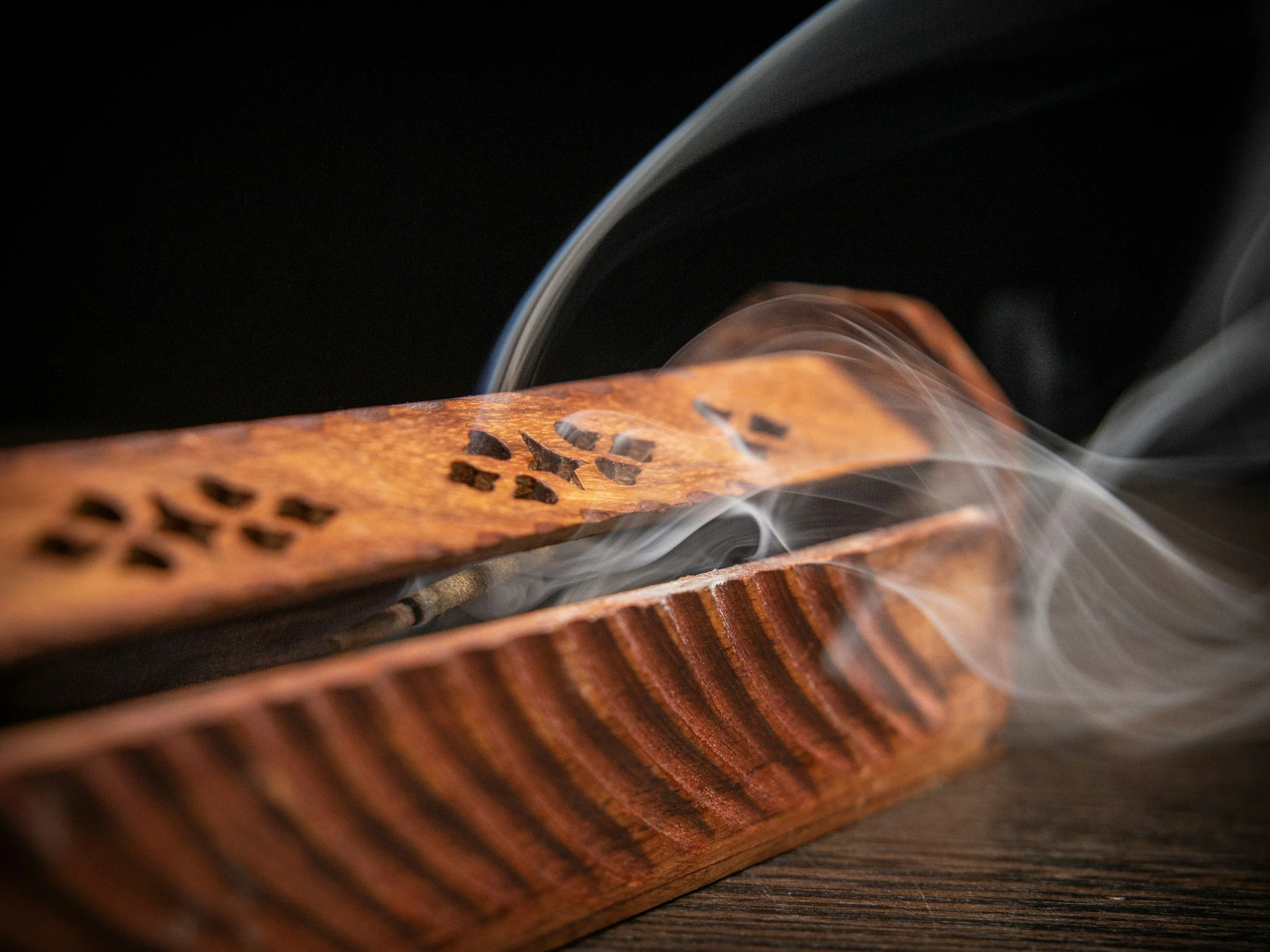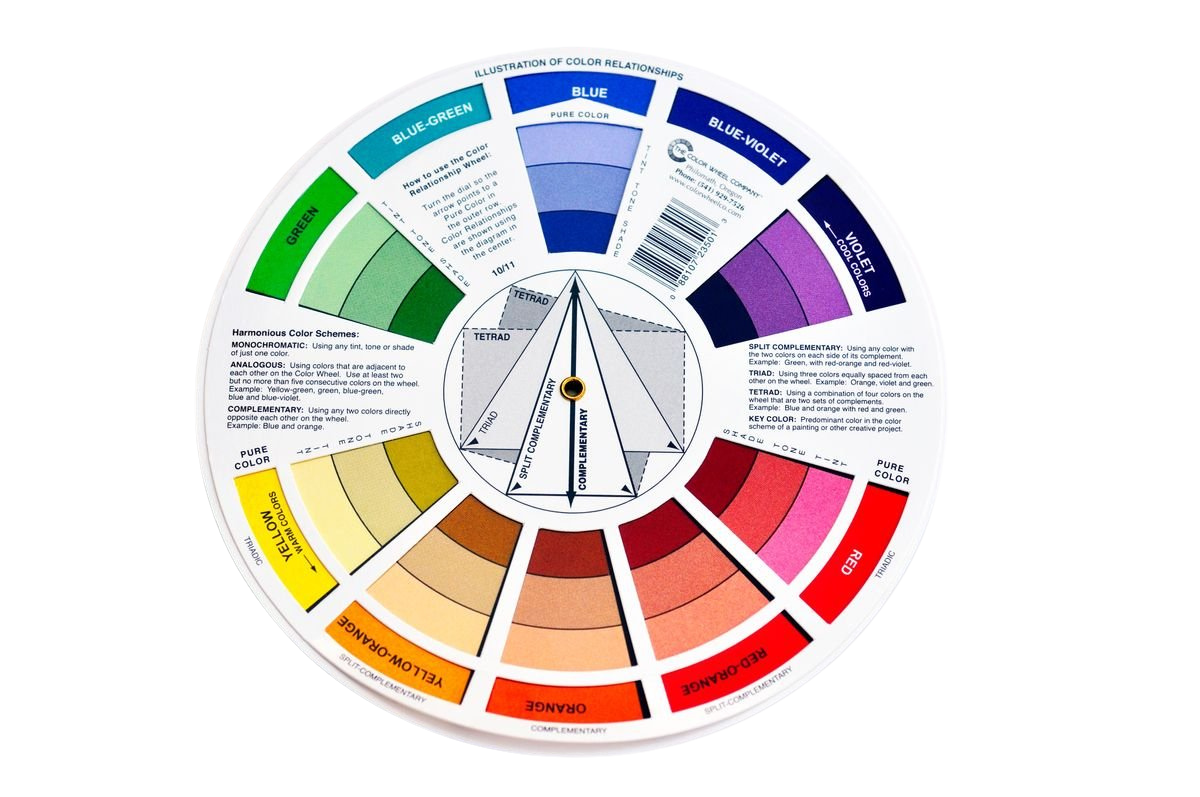Finding Flow
How to Develop Style in Abstract Art
Style isn’t found in perfection, but in presence. Untitled circa 2017 30"x 40" by Eman Abdalla
Abstract art can be both liberating and intimidating. With no rules, where do you begin? And more importantly, how do you begin to develop a style that feels authentic and consistent—without becoming repetitive? This blog explores the journey of finding your artistic flow and cultivating a recognizable visual language.
The Myth of Style as a Destination
Many artists think of "style" as something you arrive at. But style isn’t a fixed destination—it’s a thread that weaves through your work over time. It’s found in the way your brush moves, how you build (or resist) structure, the colors you reach for when you’re not thinking, and even the mistakes you choose to keep.
My Journey: Three Decades of Experimentation
A visual timeline spanning 15 years of growth: From early explorations of surreal symbolism and form to emotionally layered abstraction rooted in color, energy, and intuitive structure. Each piece reveals a step in my journey—from technical experimentation to spiritual expression.
I was classically trained back in high school, learning how to view and replicate realistic pieces—from still lifes to portraits. I focused on that style for several years until I began to notice the emotional toll it was taking. Around my junior year of college, I decided to step back. The pressure to replicate reality perfectly was becoming overwhelming. My perfectionist tendencies made it easy to fall into a cycle of mental self-criticism whenever something was even slightly "off."
That's when I gave myself permission to let go of rules and lean into freedom. But breaking away from realism wasn’t instant. My brain was wired to replicate, not to invent. Thinking abstractly required years of self-reflection and a kind of mental demolition before I could rebuild a new artistic identity.
Even now, while my work is vastly more abstract, there are still elements rooted in reality—threads of structure and form that linger because they resonate with me. I began painting with oils, but in my mid-20s, I transitioned to acrylics. They offered the same richness but dried quicker, allowing for faster layering. If my 20s were spent on self-discovery, my 30s were for execution—finally applying the rewired thought processes to the canvas.
The moment it all clicked was after the sudden loss of my father. Friends encouraged me to create a portrait as a way to process my grief, but I resisted. I didn’t want to focus on rendering his features perfectly. Instead, I created a piece rooted in emotion—a spiritual tribute rather than a visual replica. That piece became the first in what turned out to be a years-long series focused on emotion, memory, and healing. Painting became my therapy.
The Ritual Before the Paint
My process starts long before the first stroke—it begins with intention.
Treating painting as therapy meant creating intentional space. My process begins the night before, with mental preparation. The next morning, I don’t dive in immediately. First, I clean my home—because even a crumb on the counter can block my ability to think freely. Once everything is clean, I drink some coffee, light incense, and choose a space to work in, whether it’s my studio or living room.
With noise-canceling headphones on, I typically listen to Ludovico Einaudi—his compositions help me tune inward. I sit in front of the blank canvas and meditate. In the beginning, I wasn’t sure if I was meditating "correctly," but over time I learned that it’s a personal experience. For me, it means finding an emotion I want to explore. Once I find it, I relive it and start to visualize lines, movements, and layers. That’s when the brush makes contact with the canvas.
Sometimes I paint for hours. Other times, the session ends without a single mark. That used to frustrate me, but now I see it as part of the process. I take breaks to step outside, breathe, and reconnect with nature. I only stop when I feel emotionally finished—not when the canvas "looks" done. Abstract work has no external reference. My emotions are the guide.
Research as Fuel
When I first started painting, I looked at other artists with awe and self-doubt. Where would I fit in? Was my work good enough? Over time, I realized comparison was stifling. I stopped looking outward and turned inward.
But research still plays a vital role. I study artists’ techniques, tools, and composition strategies. I pay attention to how a piece makes me feel. If something resonates, I study it. It’s not about copying—it’s about learning and transforming. My work references no one directly, yet carries traces of artists who inspired me: Cy Twombly’s gestures, Frankenthaler’s fluidity, Mehretu’s layering, Rothko’s emotion.
As I mentioned in my previous blog, Unpolished on Purpose, I was deeply moved by the Der Blaue Reiter movement. Their admiration for children's artwork, seen as untainted and pure, reminded me of my early days—drawing just to feel happy.
"Art is nothing but the expression of our dream; the more we surrender to it the closer we get to the inner truth of things, our dream-life, the true life that scorns questions and does not see them." —Franz Marc
Elements of Style: Color, Gesture, and Repetition
Understanding color theory can be a helpful tool when developing your own palette preferences. I often refer artists—especially those just beginning—to simple guides like this color wheel for visual clarity. You can get one here.
To create a consistent body of work, I focus on three anchors:
Color Palette: I often gravitate toward certain hues subconsciously. Identifying these patterns helped me create visual cohesion across series.
Gesture & Application: My strokes are varied but always intentional—some soft and blended, others sharp or erratic. The brush is just one tool; sometimes I use my fingers or unconventional objects.
Symbolism or Repetition: I incorporate recurring forms that serve as my visual language—sometimes recognizable, sometimes entirely abstract.
Building a Collection with Intention
Cohesion doesn’t mean creating identical works. I often build a collection by:
Exploring a single emotion or theme across several pieces
Sticking to one canvas size or medium for a series
Letting a color or texture guide the collection’s mood
Once, I created a collection around grief and memory. Each piece held its own emotion but shared the same tonal softness and minimal palette. Even with varied compositions, the emotional thread bound them.
Movement & the Human Hand
I believe the body leaves behind its own kind of signature. You can feel the energy in the way paint curves, breaks, or collides. The arc of my shoulder or the stillness of my hand all influence the final piece. Movement, for me, is spiritual—it’s the unseen choreography between thought and gesture.
Trusting the Process
You won’t always know why you made certain choices until much later. Sometimes I revisit a piece and realize it captured something I didn’t even know I was processing. That’s the beauty of abstract work: it doesn’t demand clarity upfront.
We tend to undervalue our instincts in a society obsessed with logic and productivity. But art—especially abstraction—is a way of reclaiming our primal, intuitive selves.
Final Thoughts
Style in abstract art isn’t about branding or perfection. It’s about honesty. It lives in your habits, your rituals, your joys, and your pain. It comes through in the way you work, what you repeat, and what you leave behind.
If you’re just starting your journey, don’t rush to find your style. It’s already there, waiting for you to uncover it—layer by layer, brushstroke by brushstroke.
A Moment for Reflection
One quote that continues to resonate with me as I reflect on my own evolution is from Franz Marc—a leading voice in the Der Blaue Reiter movement
Whether you're years into your practice or just now holding a brush for the first time, consider this: What patterns—emotional, visual, or intuitive—keep reappearing in your work? What would your current collection say about you if words weren’t an option?
Take some time to revisit your older work, not to critique, but to listen. Your style may be speaking louder than you think.
If this post resonated with you, I invite you to share your thoughts in the comments or reach out directly. I’d love to hear about your own journey with abstraction, and what tools, rituals, or breakthroughs have shaped your style. Let this be a space for honest dialogue and creative connection.






